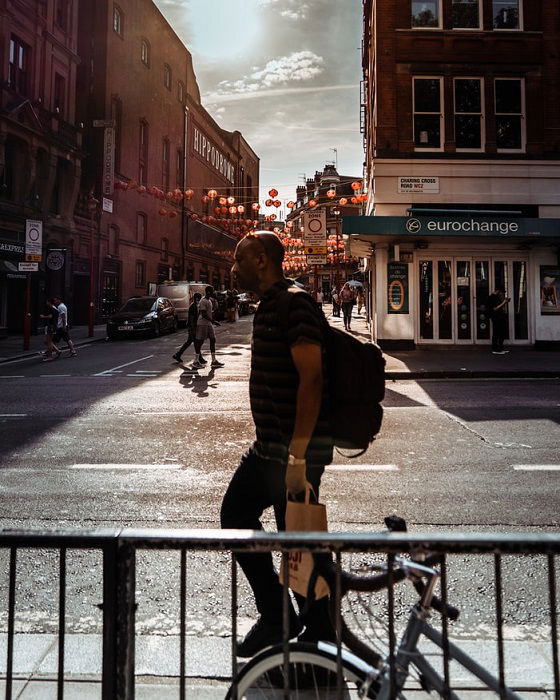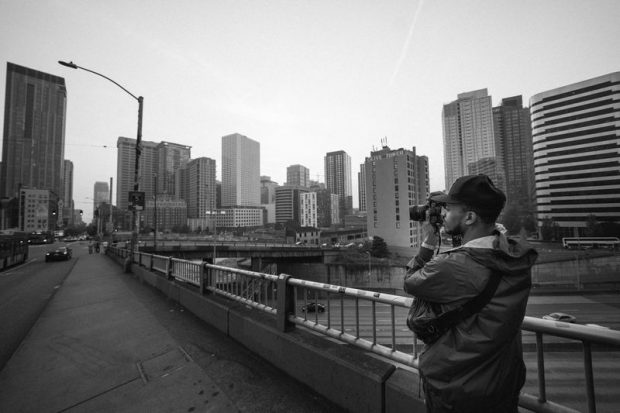The 30-Second Trick For Framing Streets
Wiki Article
Some Known Details About Framing Streets
Table of ContentsLittle Known Facts About Framing Streets.Framing Streets for DummiesUnknown Facts About Framing StreetsThe 45-Second Trick For Framing StreetsThe Ultimate Guide To Framing StreetsFraming Streets Things To Know Before You Get This
, normally with the goal of catching images at a definitive or touching moment by mindful framework and timing. https://www.avitop.com/cs/members/framingstreets1.aspx.
, that was motivated to undertake a similar documentation of New York City. As the city created, Atget aided to advertise Parisian streets as a worthy topic for photography.

Framing Streets for Dummies
Martin is the first recorded professional photographer to do so in London with a disguised cam. Mass-Observation was a social study organisation founded in 1937 which aimed to tape-record day-to-day life in Britain and to record the responses of the 'man-in-the-street' to King Edward VIII's abdication in 1936 to wed divorce Wallis Simpson, and the succession of George VI. The chief Mass-Observationists were anthropologist Tom Harrisson in Bolton and poet Charles Madge in London, and their very first record was created as guide "May the Twelfth: Mass-Observation Day-Surveys 1937 by over 2 hundred viewers" [] Home window cleaner at Kottbusser Tor, Berlin, by Elsa Thiemann c. 1946 The post-war French Humanist School photographers found their subjects on the road or in the bistro. In between 1946 and 1957 Le Groupe des XV yearly showed work of this kind. Andre Kertesz. Circus, Budapest, 19 May 1920 Road digital photography created the major content of 2 exhibits at the Gallery of Modern Art (Mo, MA) in New York curated by Edward Steichen, 5 French Photographers: Brassai; Cartier-Bresson, Doisneau, Ronis, Izis in 1951 to 1952, and Post-war European Photography in 1953, which exported the idea of street digital photography internationally.
The Buzz on Framing Streets
, after that an educator of young kids, linked with Evans in 193839.'s 1958 book,, was substantial; raw and frequently out great site of focus, Frank's photos examined conventional digital photography of the time, "tested all the formal guidelines laid down by Henri Cartier-Bresson and Walker Evans" and "flew in the face of the wholesome pictorialism and heartfelt photojournalism of American publications like LIFE and Time".Report this wiki page